Governor DeWine announced that Ohio’s economy could begin its restart on May 1, 2020, subject to precautions targeted to prevent the spread of COVID-19. President Trump encouraged restarting America’s economy, providing guidance and indicating the States should decide how best to open back up given their individual circumstances. Employers undoubtedly face a host of challenges implementing this transition, including employees who are reluctant to return to work, looking for assurances for their health and well-being, and questioning their rights for sick leave. Given this, employers can and should start to plan now for their employees’ return to work.
Here are nine critical questions Ohio employers should be able to answer when developing their return-to-work plan:
1) When can employers require that employees return to work?
For many Ohio businesses without the ability to utilize a remote workforce, employers will be able to require workers to return to work on May 1, 2020, subject to precautions in place to prevent the spread of COVID-19 and restrictions for those vulnerable to COVID-19.
2) What additional measures can employers take to mitigate any spread of COVID-19?
The following safety measures may be put in place:
- More frequent cleaning and sanitizing of surfaces in the workplace;
- Masks may be required as well as 6 feet of physical distancing if possible or other barriers if not possible;
- Employees can wear gloves and be provided frequent opportunities to wash and sanitize their hands;
- Staggered breaks can be implemented to avoid crowds of employees in break areas at any one time;
- Daily wellness checks may be provided for employees when they arrive to work;
- Continue to limit the number of people allowed inside the business (including vendors) at one time;
- Continue to allow employees to work from home if possible.
3) How can employers monitor employees for symptoms of COVID-19?
Many methods exist, however, remember that taking temperatures and similar types of medical monitoring constitute medical screens under the Americans with Disabilities Act and Ohio statute. Employees’ privacy rights must be preserved.
4) What are an employer’s obligations if an employee contracts COVID-19 upon returning to work?
As a general rule of thumb, employers should plan to provide two weeks of paid sick leave. Limited exceptions apply and refundable tax credits may be available to assist in offsetting the cost.
5) Can an employer require an employee to self-quarantine for a period of time after travel?
If an employee travels out of state, an employer may ask the employee to self-quarantine. That may implicate additional leave requirements.
6) How do employers respond to an employee who refuses to return to work based on fear of contracting COVID 19 or due to lack of childcare?
Employers should expect these issues to arise among its workforce and must handle them in a legally compliant manner. Terminating an employee for reasons associated with concerns over health implicate many employment laws, as well as amendments to them arising from the CARES Act and the Families First Coronavirus Act.
7) If an employer needs to reduce their workforce due to loss of business, how should the reduction be implemented fairly and lawfully?
The best practice is to reduce force based on measurable, objective standards, such as length of service or quantifiable performance indicator.
8) How should an employer handle an employee complaint to the Department of Labor or the Department of Public Health?
Employers should contemplate and plan for appropriate response to employee complaints, especially those that express concern or fear about returning to work. As a general premise, a concise response outlining mitigation measures should be provided. Cordial government relations benefit employers in multiple ways, including the guidance and assistance with implementing appropriate mitigation efforts to prevent the spread of COVID-19.
9) How do I handle employee discipline and terminations for cause during the COVID-19 crisis?
Employers retain their right to discipline and terminate employees for cause, insubordination, failure to meet performance objectives, etc. As a best practice, employee discipline and terminations for cause should be supported by written company policies and documented failure to meet performance objectives.
During this difficult time and transition back to work, employers must consider many issues. The best way to ensure as smooth a transition as possible is to develop and implement a plan now that fits the unique needs of the business. Working with competent outside counsel can be enormously beneficial not only in ensuring your return-to-work plan provides a safe and productive work environment for employees, but also complies with legal requirements.
Mac Murray & Shuster is a nationally recognized firm focused on consumer protection and privacy regulatory compliance and litigation. With a team led by former state regulators, we provide comprehensive counsel to businesses of all sizes in highly regulated industries, including financial services, healthcare, teleservices, automotive, insurance, and consumer marketing.



